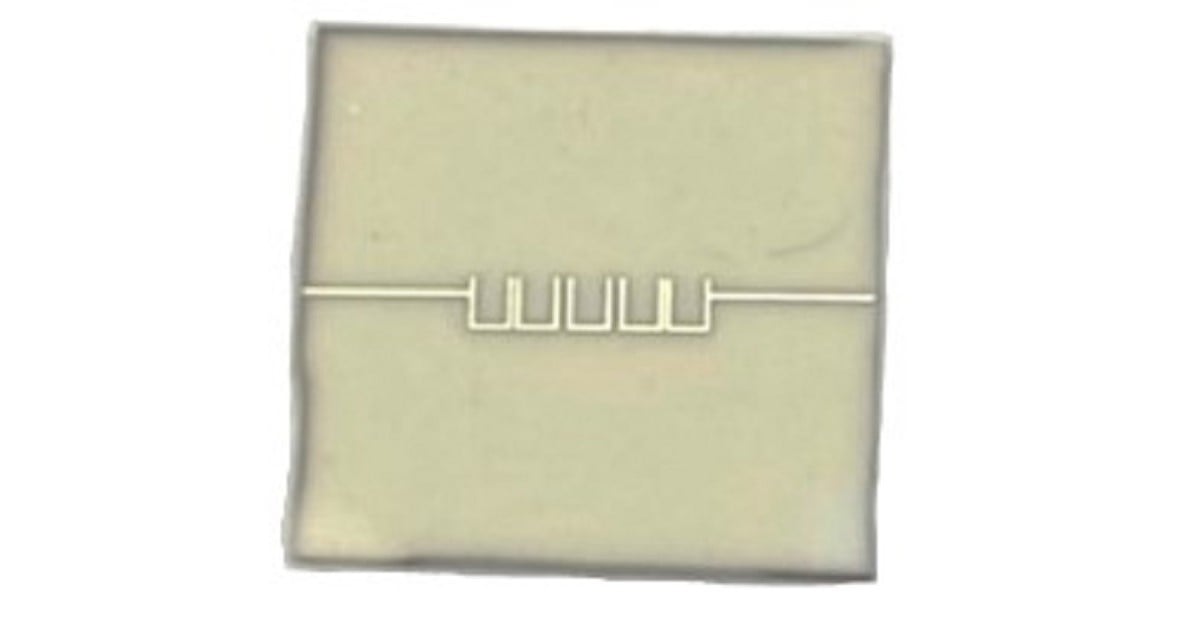Advanced Dielectric Ceramics (2nd Edition)
A special issue of Materials (ISSN 1996-1944). This special issue belongs to the section "Advanced and Functional Ceramics and Glasses".
Deadline for manuscript submissions: 30 July 2024 | Viewed by 977

Special Issue Editors
Interests: microwave ceramics; dielectric properties; phosphor; transparent conductive ceramics
Special Issues, Collections and Topics in MDPI journals
Special Issue Information
Dear Colleagues,
Advanced dielectric ceramics are known as high-performance ceramics, fine ceramics, high-tech ceramics, etc., through the use of high-purity, ultra-fine, synthetic, or selected inorganic compounds as raw materials. Advanced dielectric ceramics have excellent characteristics in relation to mechanics, sound, light, heat, electricity, and biology. Advanced ceramics are different from traditional ceramics in terms of raw materials and technology. Their specific fine structure enables them to have a series of advantages, such as high strength, high hardness, wear resistance, corrosion resistance, high temperature resistance, insulation, superconductivity, biocompatibility, etc. As such, they are widely used in national defense, the chemical industry, metallurgy, electronics, machinery, aviation, aerospace, biomedicine, etc. In the future, we expect the development of advanced ceramics to be promoted through the implementation of combined synthesis methods and new processing technologies.
It is my pleasure to invite you to submit a manuscript for this Special Issue. Full papers, communications, and reviews are all welcome.
Prof. Dr. Ru-Yuan Yang
Dr. Yen-Yu Chen
Guest Editors
Manuscript Submission Information
Manuscripts should be submitted online at www.mdpi.com by registering and logging in to this website. Once you are registered, click here to go to the submission form. Manuscripts can be submitted until the deadline. All submissions that pass pre-check are peer-reviewed. Accepted papers will be published continuously in the journal (as soon as accepted) and will be listed together on the special issue website. Research articles, review articles as well as short communications are invited. For planned papers, a title and short abstract (about 100 words) can be sent to the Editorial Office for announcement on this website.
Submitted manuscripts should not have been published previously, nor be under consideration for publication elsewhere (except conference proceedings papers). All manuscripts are thoroughly refereed through a single-blind peer-review process. A guide for authors and other relevant information for submission of manuscripts is available on the Instructions for Authors page. Materials is an international peer-reviewed open access semimonthly journal published by MDPI.
Please visit the Instructions for Authors page before submitting a manuscript. The Article Processing Charge (APC) for publication in this open access journal is 2600 CHF (Swiss Francs). Submitted papers should be well formatted and use good English. Authors may use MDPI's English editing service prior to publication or during author revisions.
Keywords
- low-temperature cofired ceramics
- piezoelectric ceramics
- magnetic ceramics
- superconducting ceramics
- glass ceramics
- electronic insulation ceramics
- dielectric ceramics
- microwave ceramics







